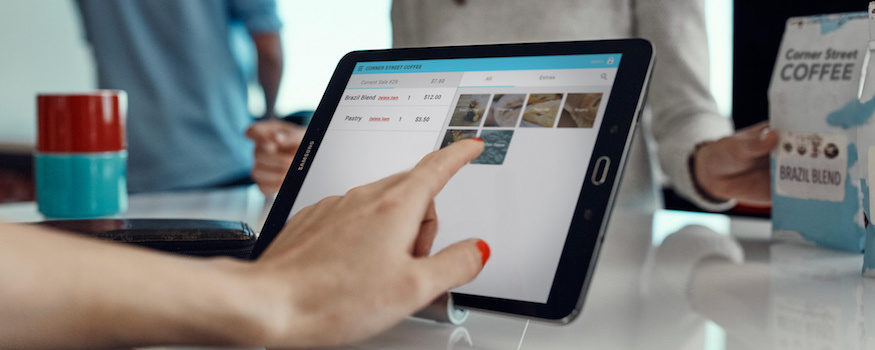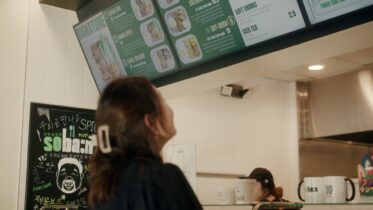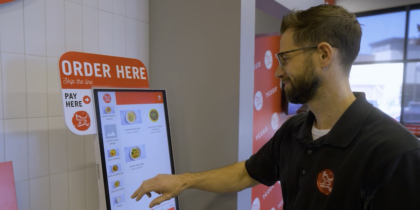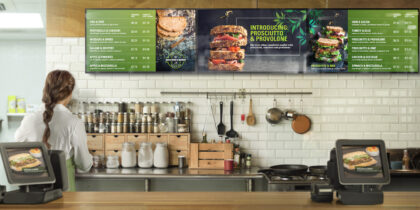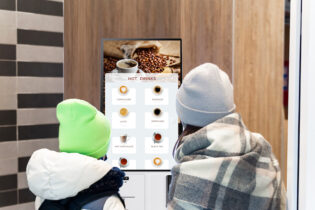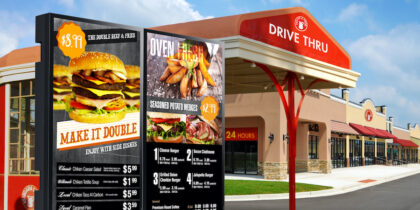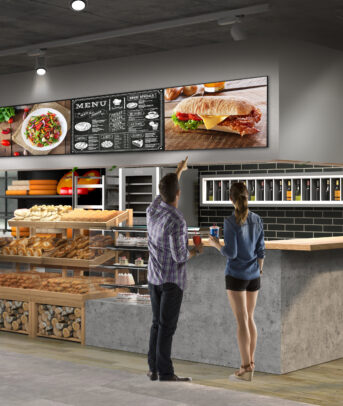Pay at the table technology and mobile restaurant payment systems offer restaurants an opportunity to improve customer service, enhance security and even boost their bottom line.
Using tablets for an entire customer transaction, placing a device at the table, or in the hands of the waiter, can increase the efficiency and accuracy of ordering, even before payment. It can also reduce the risk of miscommunication, explains John Gibson, senior manager of retail business development at Samsung. The server enters the order information on the tablet, then immediately transfers it to the kitchen to fulfill the order and alert the server through the device when the order is ready.
Most solutions use tablets equipped with an integrated POS and restaurant CRM system. When it comes time to pay, customers no longer have to wait for the check, then wait for the server to swipe the card and return. “They have the flexibility to handle payment right then and there, when it’s convenient. They can do it immediately,” Gibson says.
Increasing Industry Acceptance
Diners are already eager to use the technology. The 2016 Restaurant Industry Forecast by the National Restaurant Association found 63 percent of diners say they’d be willing to use tableside payment stations, up from 48 percent a year ago.
Many larger restaurant chains are now rolling out pay at the table systems as well. For those that place tablets on tables, it puts full control in the hands of the diner, enabling them to order and pay without the server assistance. These table-based tablets can also offer the restaurant the opportunity to engage diners through games, entertainment and advertising.
Improve Customer Service with Wearables
See how Buffalo Wings & Rings streamlined the customer experience with smartwatches. Download Now
Applebee’s started installing tablets at tables in its restaurants in 2014, and has since deployed them at nearly all 2,000 U.S. locations. More than 70 percent of diners interact with the tablets and more than 50 percent use it for payment, Charlie Jones, executive director of digital and guest-facing technology for DineEquity, told Eater.
Improving Security
Pay at the table systems can also enhance security for both diners and restaurants. They reduce the risk of intentional or unintentional fraud by enabling the customer to keep possession of their card. “The customer retains physical control and security of their card,” Gibson says. “It’s very appealing to bring all the payment activity to the table.”
Enabling payment at the table can also reduce the risk of a “dine and dash” because servers can be more proactive in accepting payment, he says. And when combined with a mobile wallet such as Samsung Pay, which uses tokenization and randomized numbers, diners can pay for their meals with the highest level of security.
Restaurants can also ensure their hardware-software systems have built-in security with solutions like Samsung Knox, which offers TrustZone technology, advanced encryption, containerization, branding capabilities and device management.
Faster Table Turn and a Revenue Boost
While pay at the table solutions can improve customer loyalty, they can also benefit restaurant operations in other ways. Workflow automation can make the entire serving process more efficient, enabling waitstaff to take orders and process payments more quickly, leaving more time for service and interaction.
Gibson says those “five to 10 minutes of waiting” in a traditional payment model could add up to additional table turns per night. Hospitality Tech reports that moving from three to four table turns per shift can increase revenues by up to 25 percent.
Some restaurants can be hesitant to adopt new technologies but Gibson says a pay at the table system can produce a solid return on investment. And because these systems can gather data in the process, it makes it easy and automatic to track things like guests per table, tables per waiter, time from order to food delivery, time per table turn and revenue per table.
“These metrics can easily be collected and can help improve the efficiency of the restaurant operation as a whole,” Gibson says.
Looking for more cutting-edge retail solutions? Check out our full line of innovative retail technology.
